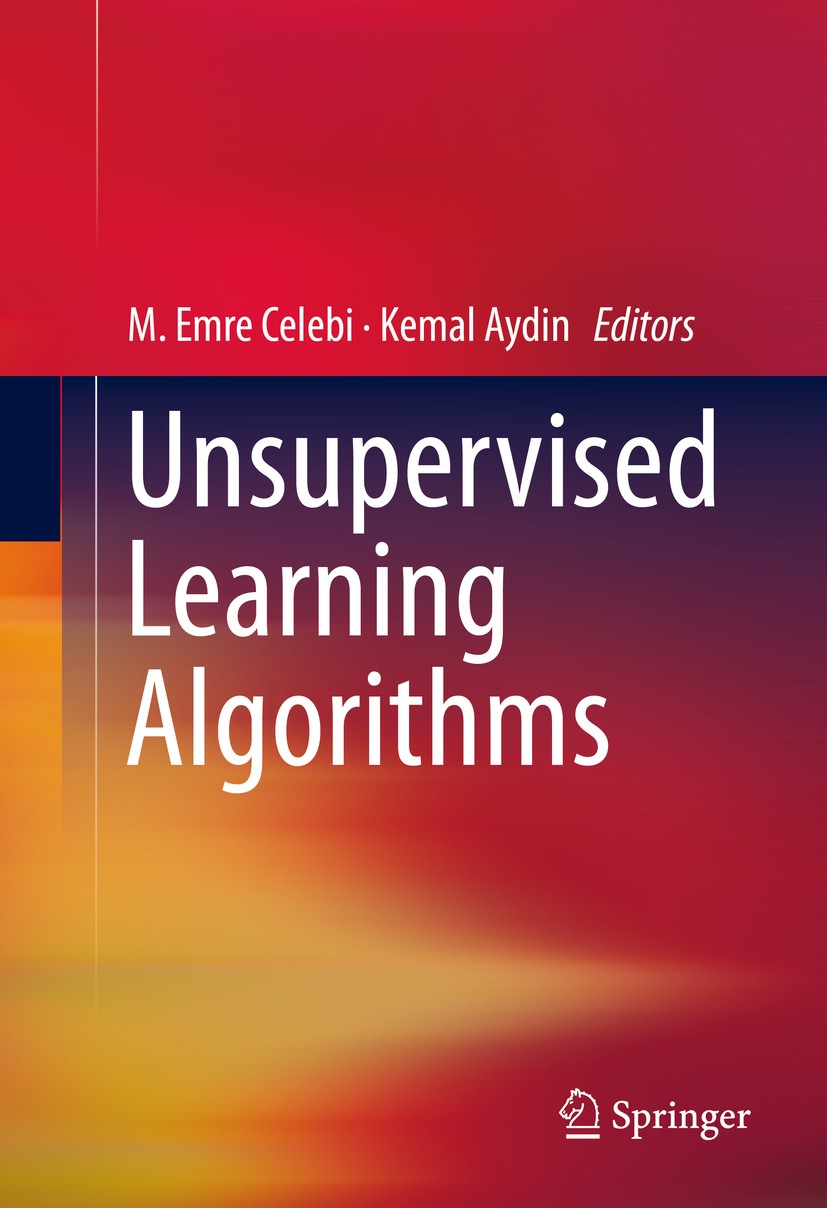| 书目名称 | Unsupervised Learning Algorithms | | 编辑 | M. Emre Celebi,Kemal Aydin | | 视频video | http://file.papertrans.cn/943/942526/942526.mp4 | | 概述 | Contains the state-of-the-art in unsupervised learning in a single comprehensive volume.Features numerous step-by-step tutorials help the reader to learn quickly | | 图书封面 |  | | 描述 | .This book summarizes the state-of-the-art in unsupervised learning. The contributors discuss how with the proliferation of massive amounts of unlabeled data, unsupervised learning algorithms, which can automatically discover interesting and useful patterns in such data, have gained popularity among researchers and practitioners. The authors outline how these algorithms have found numerous applications including pattern recognition, market basket analysis, web mining, social network analysis, information retrieval, recommender systems, market research, intrusion detection, and fraud detection. They present how the difficulty of developing theoretically sound approaches that are amenable to objective evaluation have resulted in the proposal of numerous unsupervised learning algorithms over the past half-century. The intended audience includes researchers and practitioners who are increasingly using unsupervised learning algorithms to analyze their data. Topics of interest includeanomaly detection, clustering, feature extraction, and applications of unsupervised learning. Each chapter is contributed by a leading expert in the field.. | | 出版日期 | Book 2016 | | 关键词 | Big Data Patterns; Data Analytics; Data Mining; Elements Statistical Learning; Genomic Data Sets; Machine | | 版次 | 1 | | doi | https://doi.org/10.1007/978-3-319-24211-8 | | isbn_softcover | 978-3-319-79590-4 | | isbn_ebook | 978-3-319-24211-8 | | copyright | Springer International Publishing Switzerland 2016 |
The information of publication is updating

|
|
 |Archiver|手机版|小黑屋|
派博传思国际
( 京公网安备110108008328)
GMT+8, 2025-11-6 00:38
|Archiver|手机版|小黑屋|
派博传思国际
( 京公网安备110108008328)
GMT+8, 2025-11-6 00:38


